Show Your Traits, Not Your Type
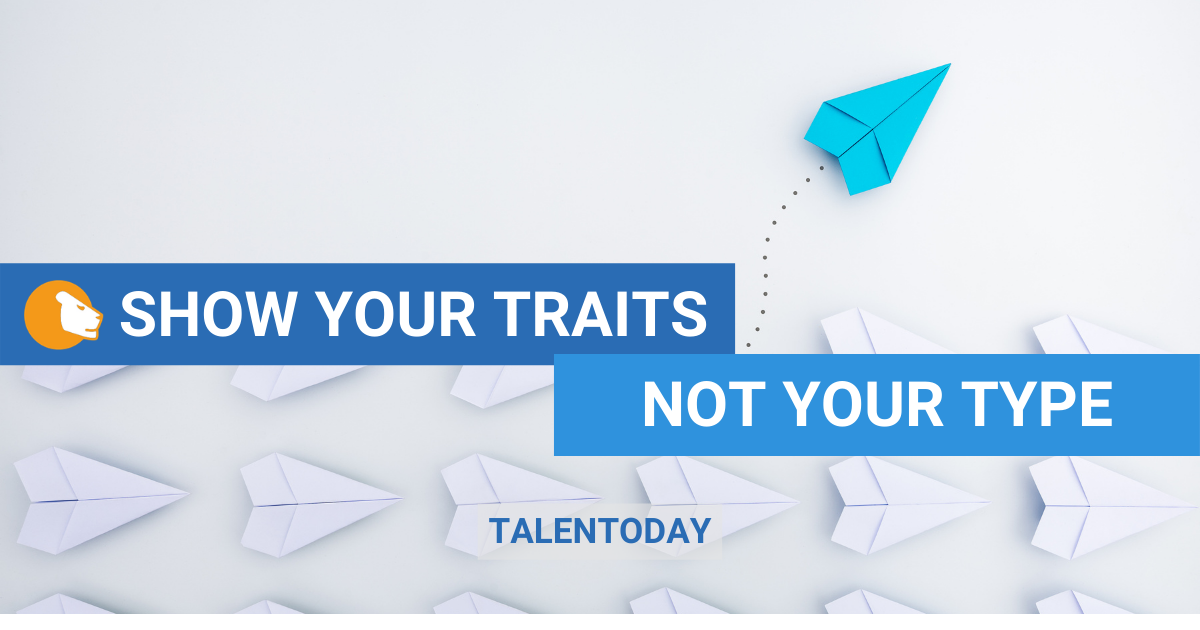
“What’s your type?” In the world of dating, this is the first thing people want to know. An easy answer, right? Intellectual, athletic, artistic — as humans, we typically begin with broad categories to describe ourselves and others. However, once you actually start describing what you’re looking for, you find yourself being more specific. “Likes to have philosophical conversations,” “enjoys outdoor activities in warm climates,” “likes to cook new recipes,” — in reality we are much more complex than those one word generalizations. The same philosophy should apply to soft skill assessments in the workplace. Instead of being bucketed into a generalized type, your traits are the best indicators of your unique strengths. Let’s break down the difference between types and traits.
Type Theory
Type theory is based around the idea that personality is a combination of qualities or dimensions that can be grouped together into a certain number of categories (or types). All people fall within one type based on which group they share the most specific attributes with. Think Myers Briggs or Enneagram, where you are one of 16 combinations of letters (ie, ESFJ) or one of 9 number types.
Yes, type theory is helpful for an organization to get a generalized idea of a person, but does that mean that a company really understands who you are, and more importantly, if you will be successful in the role? For example, if an assessment identifies you as an introvert, the assumption may be that that you are quiet, would prefer to work alone, and you need time to reflect on your thoughts before speaking. It’s a generalization, and while some of those assumptions may be true, chances are not all describe you.
The concern with using types in personality assessments is that humans are much more complex. Instead of Introversion and Extroversion being a dichotomy, it is better understood as a spectrum. That is where trait theory comes into play.
Trait theory
Rather than using broad categories to define human behaviors, trait theory focuses on the individual differences between people and eliminates the ‘boxes’ that type theory tries to fit people into. Going back to the introverted/extroverted example: trait theorists will say that a large majority of people actually fall somewhere in the middle and show qualities of both introverts and extroverts.
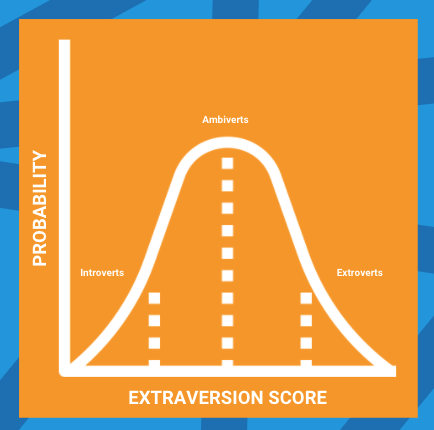
Research over the years has shown that there is enough of a variation in human personality for most of the scientific community to favor trait theory. Additionally, the most widely accepted theory of personality, the Big Five Theory, is part of trait theory. The Big Five is a theory in which five broad categories are the building blocks of personality, which most people have heard of using the acronym OCEAN: Openness, Conscientiousness, Extroversion, Agreeableness, and Neuroticism. Everyone falls on a spectrum in each of these categories, and sometimes these are broken down into smaller and more specific scales. This personality theory is the backbone of many of the personality assessments that are used today, like MyPrint® or the Big Five Inventory.
You are Unique!
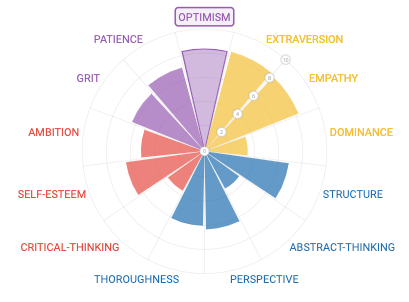
Now that you understand the differences between Types and Traits, which theory do you prefer when it comes to showcasing your soft skills? The one that generalizes you in a standard box, or the one that lets you expand outside those walls to showcase your unique qualities? If you want to discover more about your soft skill strengths, take a free MyPrint® assessment today! Once you have completed the questionnaire, you can begin using your traits to be more productive, improve your interpersonal skills, and set your personal and professional goals specific to your individual attributes. Additionally, you can see how your personality radar and motivation scales show the special qualities that make you YOU!
Looking for additional resources and support? Email Talentobe at customer@talentobe.com to learn more about our assessment and services!
2018 Outlook for Talentobe Manager
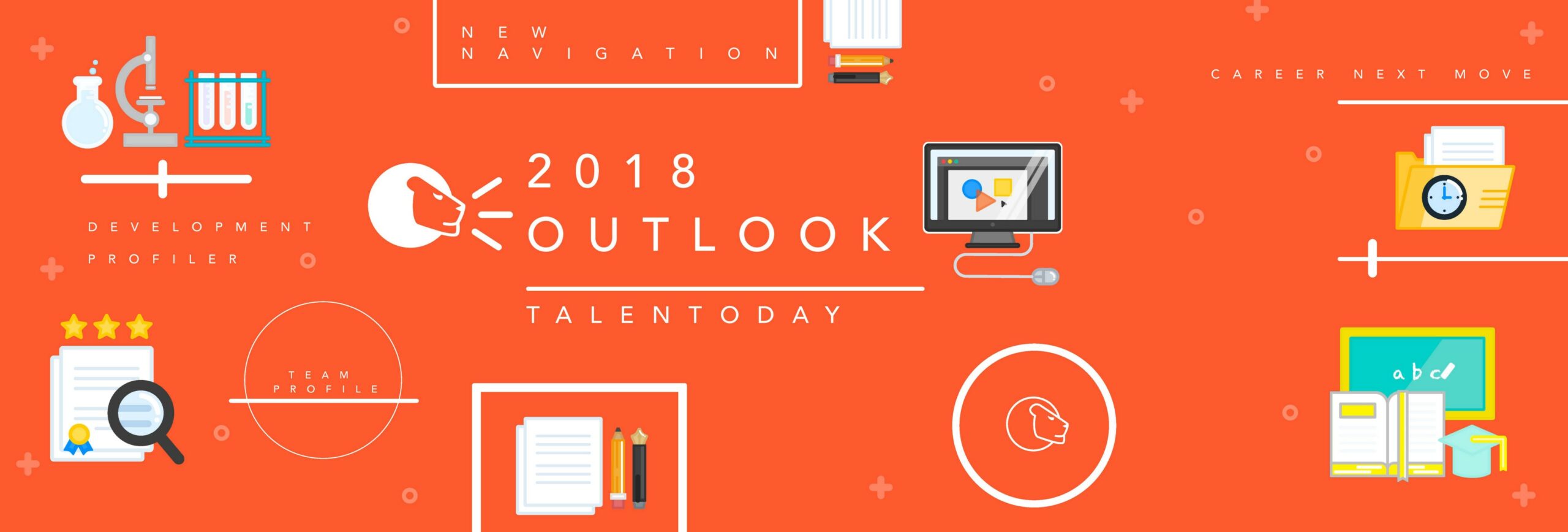
Talentobe is always looking ahead and continues to expand its features in order to help you make great decisions! Our 2018 roadmap is packed full of new ideas, which will revolutionize the way you look at employee development and mobility. Our interface will also receive an upgrade — get ready for a whole new Talentobe Manager menu design!
Here’s a list of just some of the things you can expect in the upcoming year:
1. Career Next Move
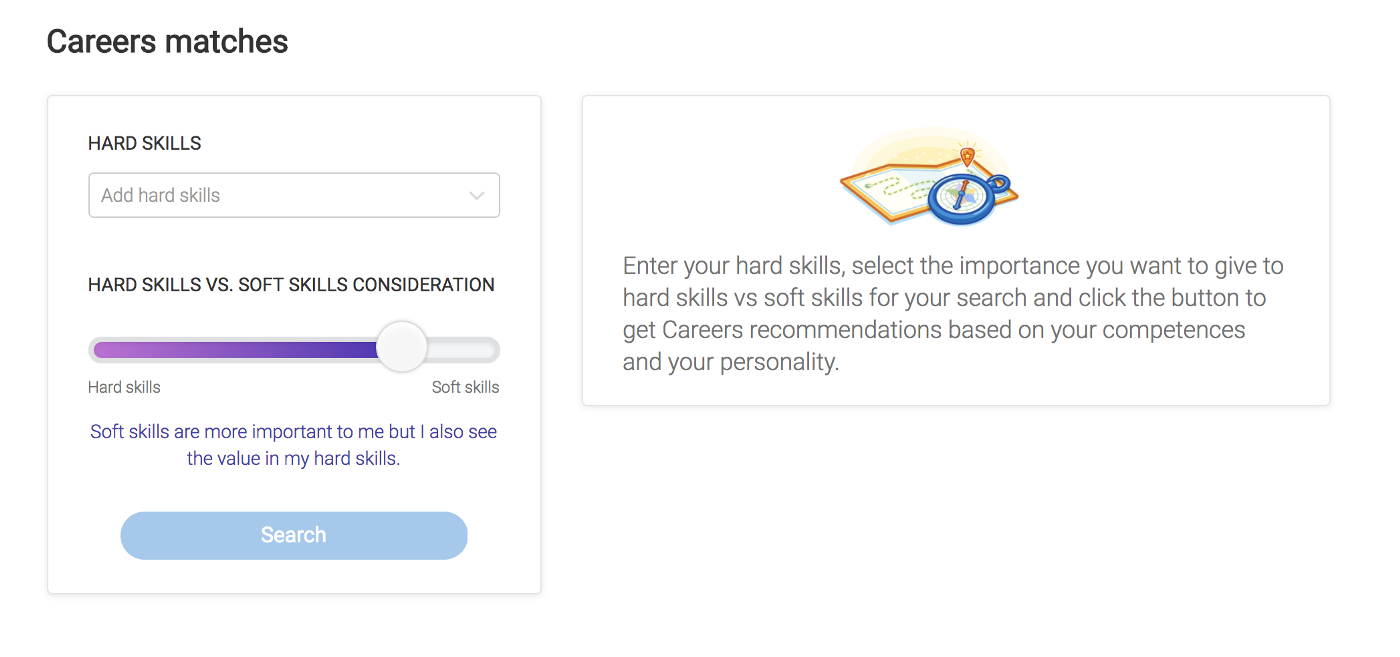
Career orientation, planning and mobility… Talentobe’s Career Next Move will put you on the track to even greater success at work by recommending career options based on your current soft and hard skills. Balance what you know with what you’re good at and what you’d love to do!
Whether you’re looking for a fresh start or you want to build on your current experience, this feature will allow you to match your hard and soft skills to your dream job!
2. Development Profiler
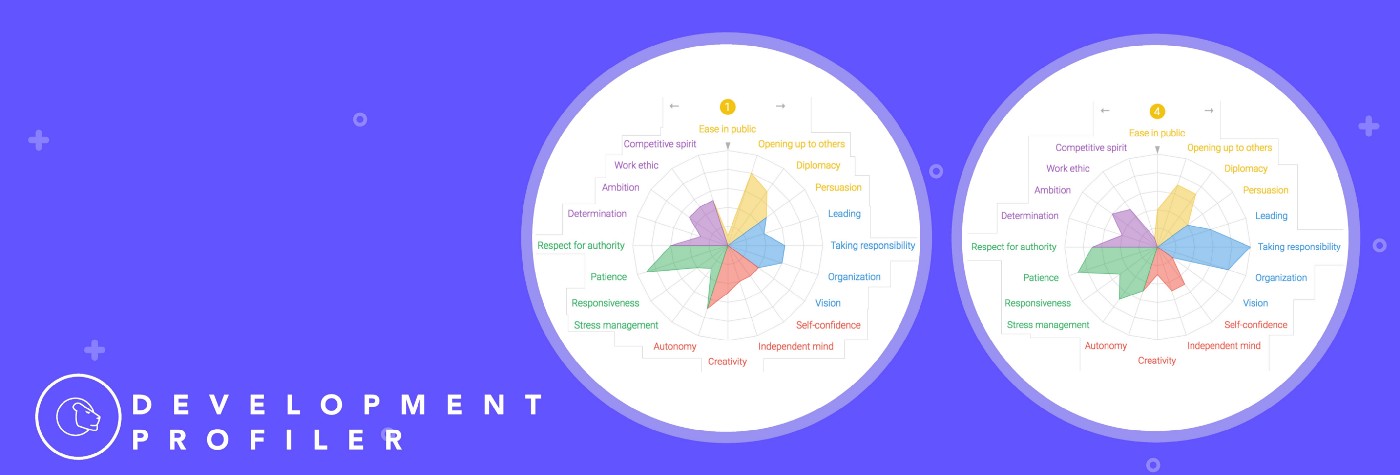
Have you ever wondered how your goals, behaviors and personality have evolved throughout your life? As your work responsibilities change and as life events happen, your priorities shift. The Development Profiler will allow you to track these shifts by displaying the evolution of your soft skills and goals over time.
3. Team Profile
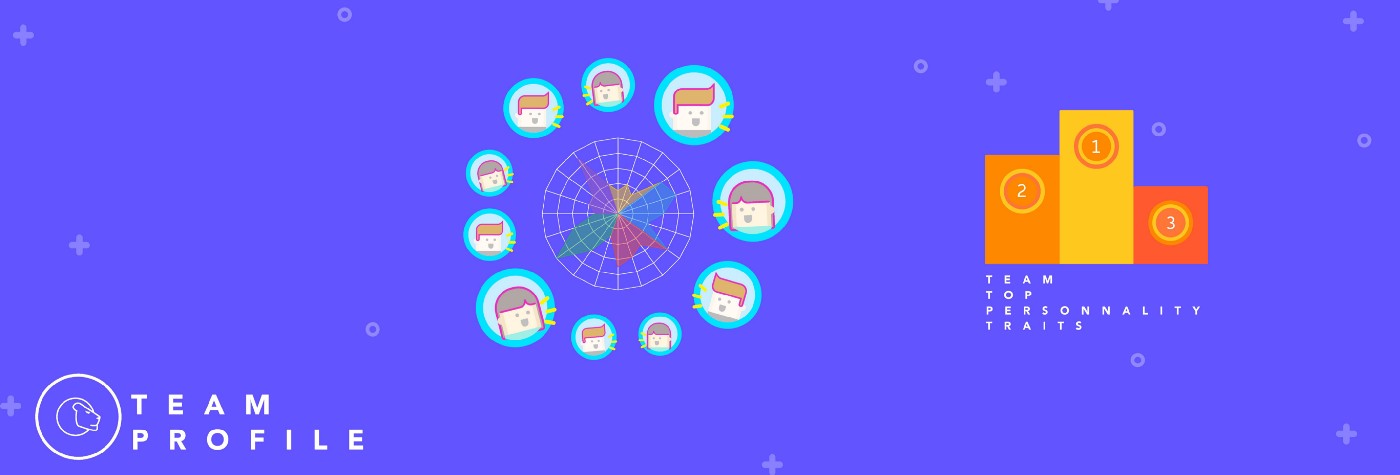
These days, much of the work in an organization is done collaboratively. As Aristotle said, “The whole is greater than the sum of its parts.” Discover your team’s inner workings, behavioral strengths and weaknesses, and bring the right people together based on their soft skills. This profile will help you to boost your team’s effectiveness, foster innovation and avoid interpersonal issues.
4. New navigation
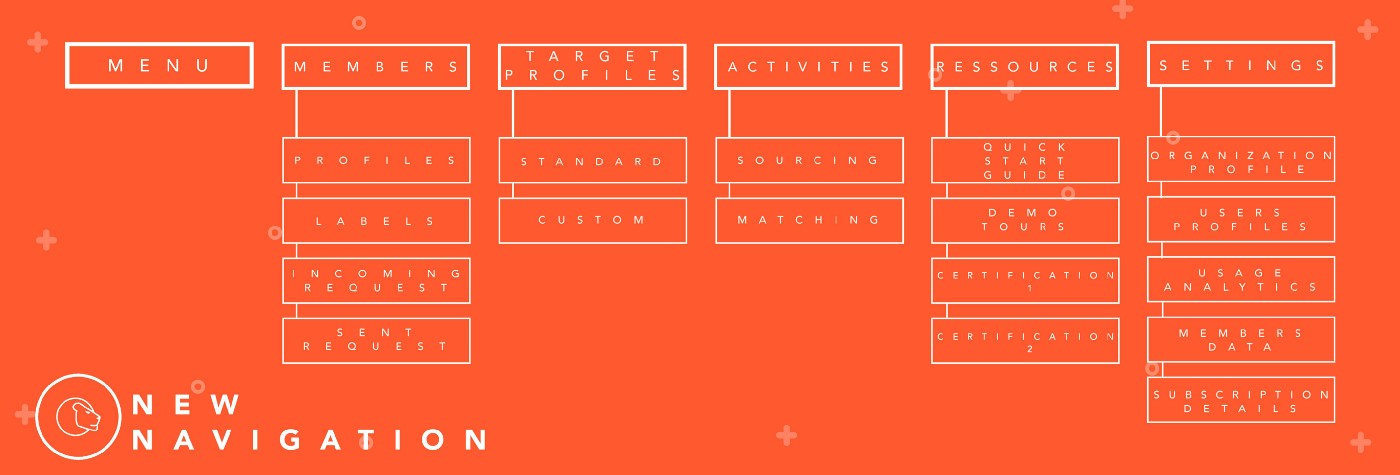
For a more practical and intuitive use of your Talentobe Manager, we’re planning on fully redesigning its navigation. The new menu will better showcase its features and uses.
Let us know what you think of those ideas, we’d love to hear your feedback. If you have any questions, you can get in touch with us on Twitter, LinkedIn or mail.
We’ve improved our technology!

At Talentobe, we are focused on continuous improvement and in order to offer users with a more intuitive representation of candidates’ and employees’ Target Profile matching scores, we have slightly altered the science behind them. The new technology provides actionable data that is easier to understand and analyze.
We have improved our algorithm for our clients and in turn enhanced our performance. Our new method for computing the matching score allows us to be consistent with the matching visualization. This change allows for the following:
- Easy to understand matching score and improved analysis process.
- Users will know which criteria are the most essential because the criteria are now numbered in order of importance.
- Increased value for our candidates and employees, who will now be be able to better understand the the skills that are most important in their current or future role.
Matching Score vs Matching Visualization: How they come together
The matching score was initially built by taking into account the 28 criteria scores we measure at Talentobe. In comparison, the matching visualization, based off the Target Profile, considers the 8 most predominant criteria for the targeted population. This technical decision was originally made to obtain a matching score as precise as possible, which takes into account the subtle variations provided by the whole pattern of criteria scores. Because the score was measured against 28 criteria and the visualization on 8 there was some unneeded discrepancy.
To simplify things, we will now compute matching scores and matching visualizations based on the 8 predominant criteria from a targeted population. This will then ensure that we have matching scores that are consistent with the matching visualization. This is achieved through a proximity calculation, i.e. the matching score computation is only based on the 8 most predominant criteria previously identified by our machine learning algorithm.
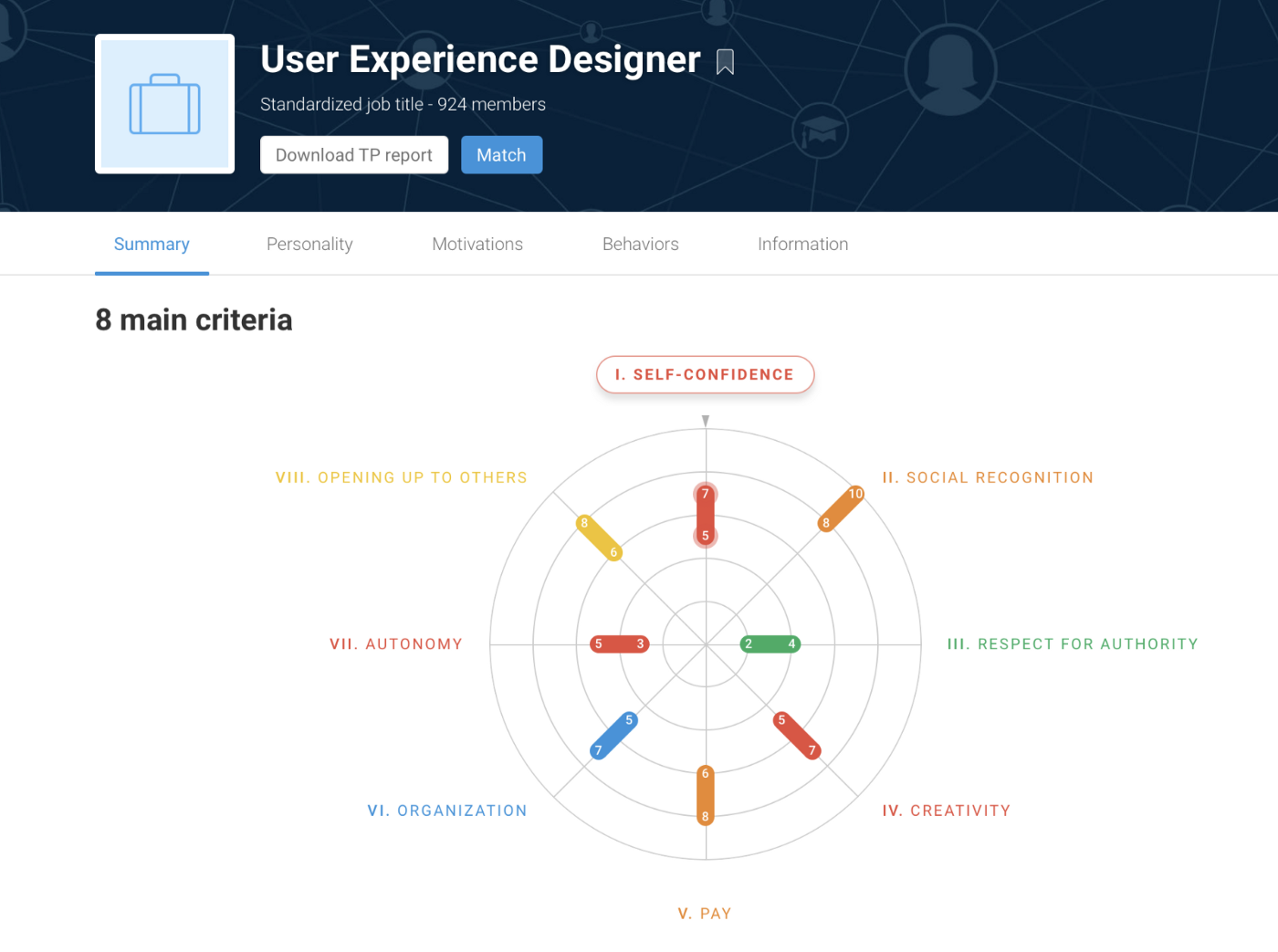
Another cool aspect of the new technology is the numbering of criteria in order of importance. Recruiters and managers can now easily pinpoint the essential criteria for a given role which can aid in the final decision making process.
If users experience questions we would love to chat. Please feel free to reach out to our support team. With this positive technology modification, some changes in matching score are to be expected.
This update will make the peoples’ experience more consistant and intuitive without changing users interaction with our platform.
We have much more to come as the year draws to a close. Our roadmap is packed with new ways to make our customers lives easier, and we look forward to sharing these with you soon.
For more information on other recent releases feel free to check out our blog. As always, your feedback is so important to us. If you wish to share and get in touch with us, give us a shout out on social media!
How to Build Team Effectiveness: It starts with the Individual
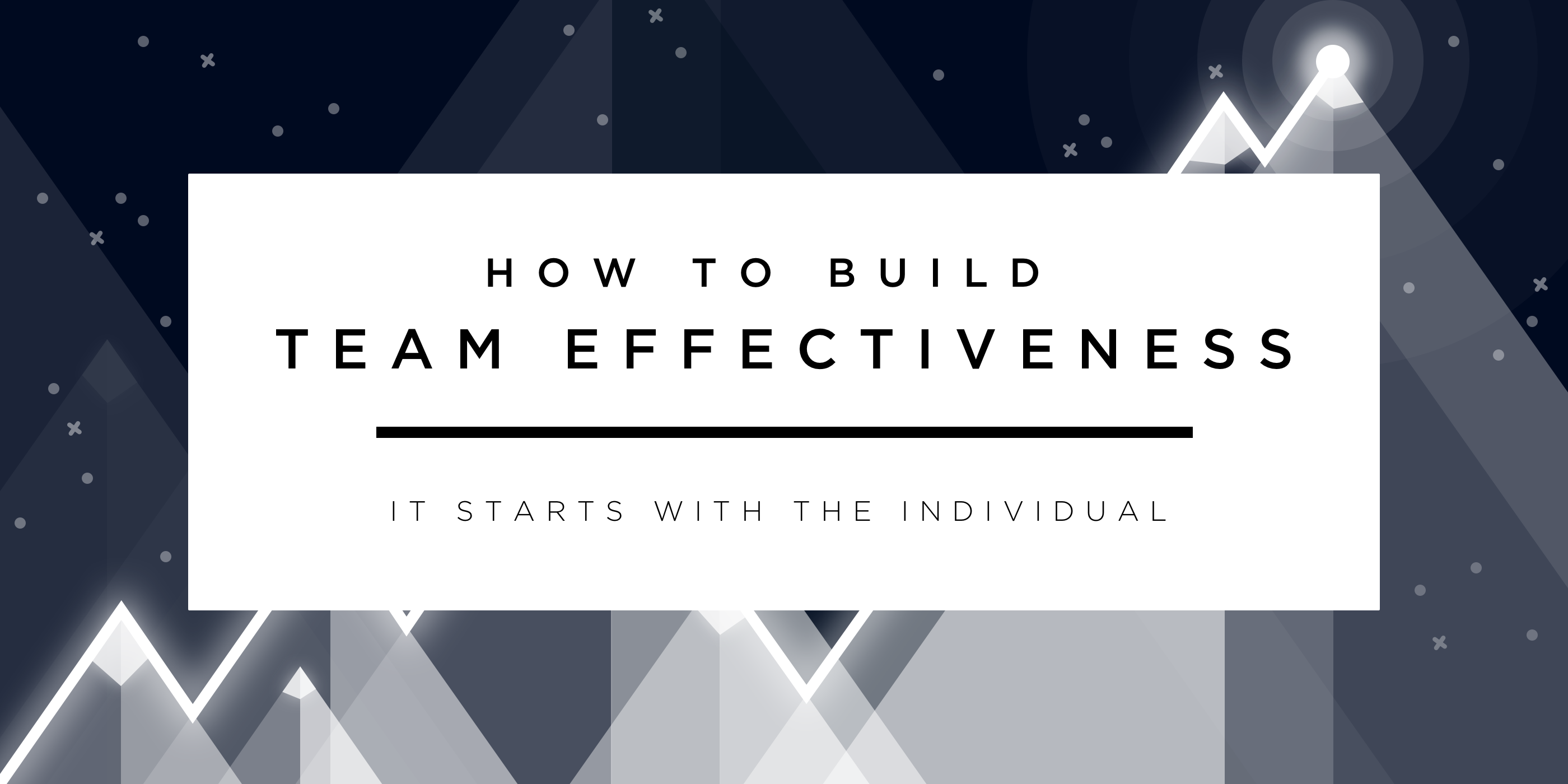
We have been conditioned since we were children to use teamwork. As a toddler you worked with your imagination and your team of playmates to create a different world. Or maybe you worked with your siblings to build the most effective Lego fortress. Learning and productivity and the uniqueness of your work was most likely positively correlated to the ability of you and your teammates, friends, siblings to communicate. You knew your skills and you weren’t afraid to express and utilize them.
Fast forward 20, 30 maybe 40 years and you now know the “best” characteristics to have as a teammate (thanks, Google). It doesn’t matter what your natural skills are, you have read studies about what employers want to hire and you identify with that to make you competitive. You probably believe yourself by now! You alter your skill set for the job. Anyone who has edited their resume for a certain job can relate…
Things are a little backwards right now. A job is open and we try to fit the person in the job instead of fitting the job to the person.
An opening in a team arises and we add someone based on their experience and usually don’t have much of an idea about how they will work on a team besides the characteristics they portrayed from their years of research on what you want to hear. We hire in hopes that they will fit with the team dynamic.
I thought I knew a lot about my natural skill set because I love personality tests. Myers-Briggs, the Enneagram, you name it I have taken it. The thing about these tests is they were putting me in a box again. Fitting me to the type instead of the type to me. My colleague and I have the exact same Myers-Briggs score. We are both ENFJ’s which account for about 5% of the population. The Enneagram also named us both “The Helper”. I can tell you right now if you put us on a team we will not be doing the same job and we both bring very different skills to the table in a team environment.
So we are left with a disconnect of how our personality can help us be effective on a team. How our natural characteristics can transfer into the workplace. It was not until I took this questionnaire that I had clarity on how my personality skills can serve me on a team. I passed the test onto my colleague and was surprised, but then again not, that our results were far from the same.
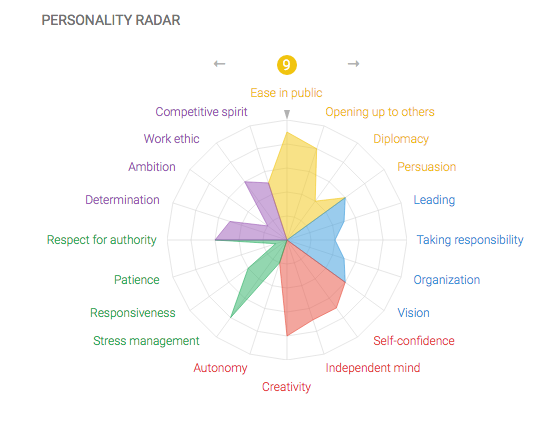
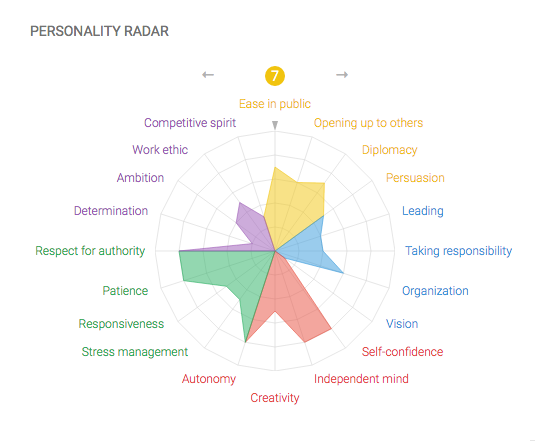
If you are the individual reading this, it’s time to get honest. Take yourself out of the work equation for a moment and think about what part you play on the team at home, with your friends, or in public. Think of your instinctual skills and try to bring that to your work team. Maybe have a conversation with your manager about how you can bring your skill set to the forefront of your work.
If you are a manager, hold tight! Now that we know the success of the team is built on individual awareness, we can turn our attention to the factors of building the most effective and productive team in Part 2 of How to Build Team Effectiveness: Bringing Balance with Empowering Management.
Curious to find out your professional traits? Check out our page to take your free personality assessment today. And if you like this post, please hit the ❤️ button below or give me a shout on Twitter.


